Imagine a dry, beaten trail, expansive blue sky, and a panoramic view of breathtaking textured landscape. Believe it or not, the perfect time to capitalize on these very aspects while exploring the Andes is during its “winter.” You don’t need to be an avid hiker to thoroughly enjoy the unparalleled scenery of the dry season from Colombia all the way down to Argentina.
Known for its winter-white peaks, the Andes comprise the longest mountain range in the world. This incredible expanse of terrain stretches 4,500 miles from north to south through the seven South American countries of Venezuela, Colombia, Ecuador, Peru, Bolivia, Chile, and Argentina. So it goes without saying that these countries claim similar climate characteristics given their shared geography. And those features drastically differ from the four distinct seasons of the Northern Hemisphere.
So, does winter befall the Andes mountains at all? Technically yes, however, not in the classic sense. Instead of four carefully carved seasonal periods, the Andes region divides into two principal yearly seasons: the rainy season and the dry season. The coldest months in the Andes, termed “winter,” roughly fall between May and August in the height of the dry season. Considering the dry season coincides with summer in the Northern Hemisphere, it naturally lends itself to “summer vacations.” These months also just so happen to be the perfect time to navigate the Andes’ hidden peaks and valleys due to the striking sun and lack of rain. Make sure you keep the following nature trails in mind when planning your bespoke “winter” journey to South America.
Colombia: Cocora Valley
Part of the true beauty of the Andes can be found in the microclimates sprinkled throughout the region at varying altitudes. The Cocora Valley in Colombia lies between 1,800 and 2,400 meters in the famous cloud forest, similar to the cloud forest of Aguas Calientes and Machu Picchu in Peru.
The biggest draw of visiting this particular area of the Colombian Andes is the gigantic wax palms sprouting from the surrounding hills like something straight out of a Dr. Seuss book. You can easily explore the Cocora Valley on a day trip from Salento and hike the primary circuit, which is perfect for anyone in moderate physical shape.
Ecuador: Cotopaxi National Park
On the front or tail end of your Galapagos trip, consider also traveling the short distance from Quito to the Cotopaxi National Park. Here stands the Cotopaxi Volcano in all its glacial glory. A day trip is definitely possible from Quito and back, but two or three days staying in the park grounds would be even better.
The park lends itself to travelers of varying physical capacities, offering activities that can easily be enjoyed by multiple generations. You can take the light 1.5-hour walk from the park’s entrance to the Limpiopungo Lagoon, where if you are lucky, you will be able to catch Cotopaxi’s looming reflection. You can also embark on some horseback riding amongst the park’s roaming wild horse population. Or take an e-bike tour to ease your lungs into the high altitude of 3,500 meters above sea level.
Peru: The Inca Trail
Come May, the ticket capacity for the coveted Inca Trail to Machu Picchu tends to fill up fast, precisely because of the marvelous weather conditions this time of year. Therefore, you will want to plan no less than six months ahead for your trip hiking the Inca Trail between May and August.
For those who worry about completing the four-day trek – camping and steep climbs included – there is a much shorter option that still offers an exciting challenge sans the potential stress. This “2-day Inca Trail” hike starts at km 104 of the train tracks to Aguas Calientes. It is about 7-8 hours hiking at a moderate pace before reaching the Sun Gate overlooking Machu Picchu. You most likely won’t have time to tour the citadel that day, so you can spend the evening at the Belmond Sanctuary Lodge or in the town of Aguas Calientes. Bright and early the next morning, you can take the bus up for your tour.
Bolivia: Isla del Sol
Venturing even further south to Bolivia, consider spending a night on Lake Titicaca’s Isla del Sol to catch the most spectacular sunset over the snowy Cordillera Blanca. You will also be able to explore some lovely hiking trails, from the more challenging climb to Cerro Uma Qolla to the less strenuous stroll from the north side of the island to the south side.
Either way, wandering Isla del Sol promises an Andean winter experience like no other, with the electric sun brightening the day and vast expanse of stars washing over the night.
Chile: Torres del Paine National Park
Journey even further south, following the Andes’ jagged peaks, and you will hit Patagonia, aka The End of the World. Home to nine national parks, the geographic region of Patagonia spans Chile and Argentina. Patagonia famously contains a seemingly endless collection of fjords, lakes, glaciers, deserts, and grasslands.
Torres del Paine National Park falls on the Chilean side of Patagonia, and the winter season of April through September technically marks their “off-season.” Despite this detail, visiting the Torres del Paine National Park during these months offers an unfiltered peek of the 181,000-hectare natural playground without dealing with distracting crowds. The wind chill is also significantly less during this time of year, and the weather proves spectacular from sunup around 9:30am to sundown around 6pm.
Argentina: The Nahuel Huapi National Park
The Andes mountain range actually serves as the border between Chilean Patagonia and Argentine Patagonia. Once crossing over into the Argentine side, you will find Bariloche, the Argentine Lake District, and the Nahuel Huapi National Park that encompasses both.
In addition to hiking, kayaking, white water rafting, and mountain biking, you also have the option to ski in the backcountry from late June to early September! Cerro Catedral, also known as Catedral Alta Patagonia, is one of the most developed ski centers in all of South America and can be found within the Nahuel Huapi National Park.
Whether you live to hike or simply love immersing yourself in nature, don’t miss your chance to explore these unique parks during your summer in Andean winter!

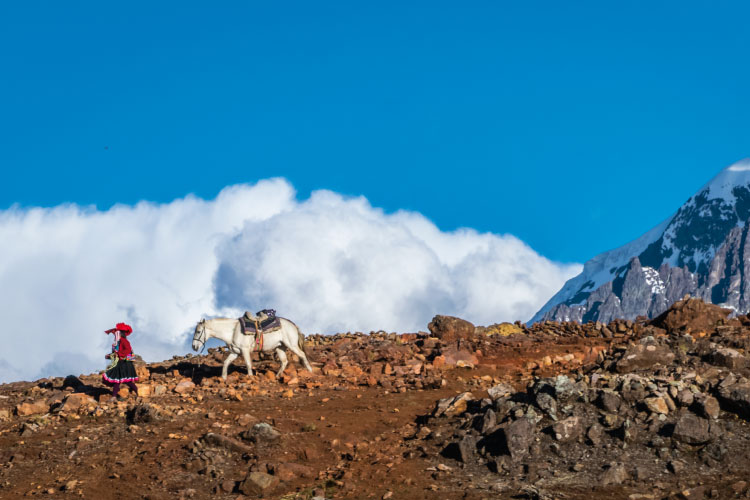
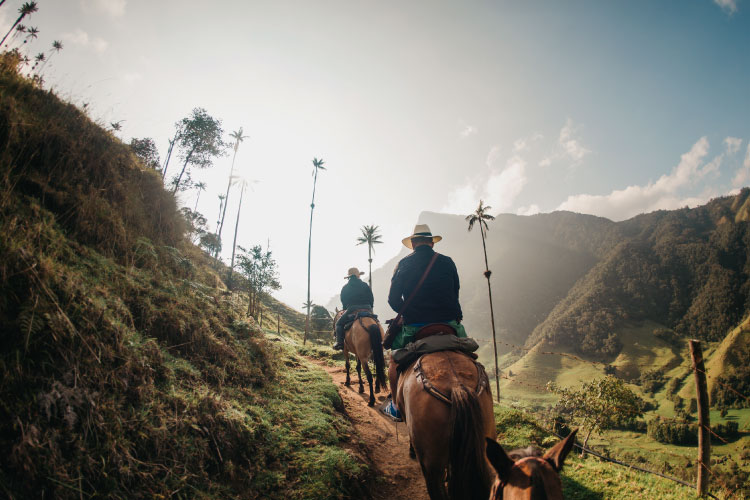
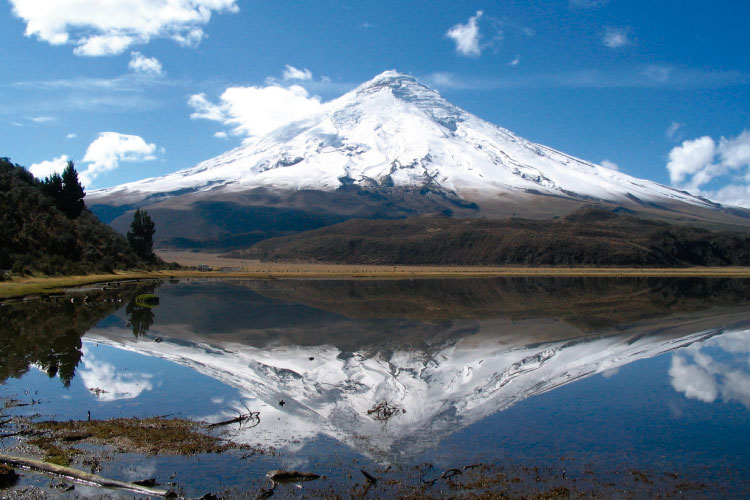
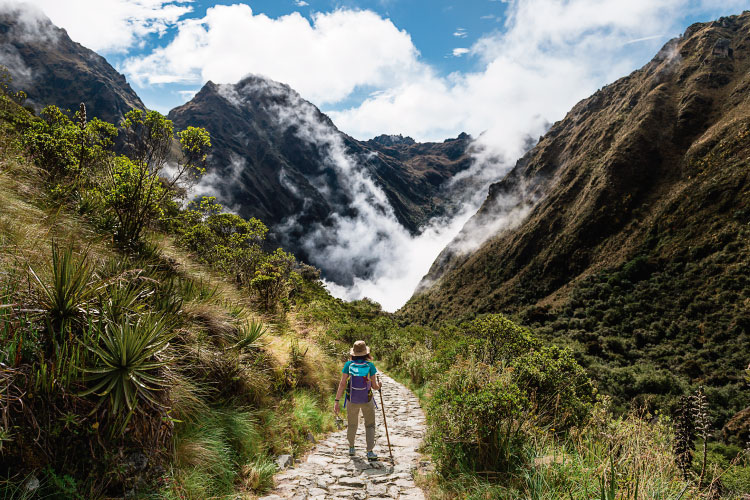
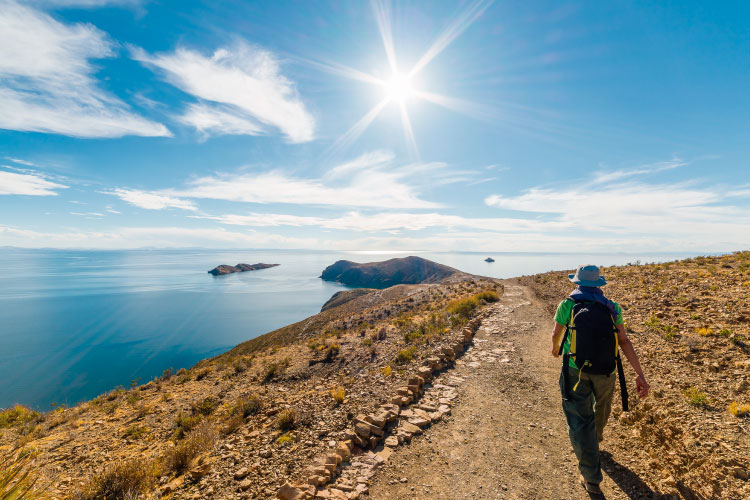
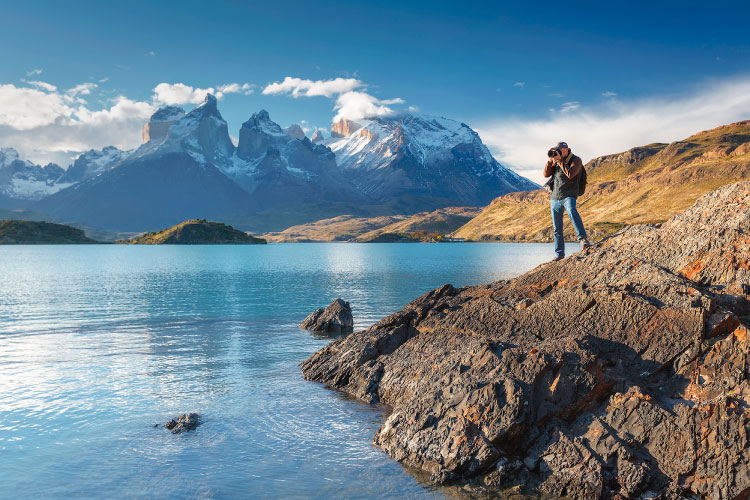
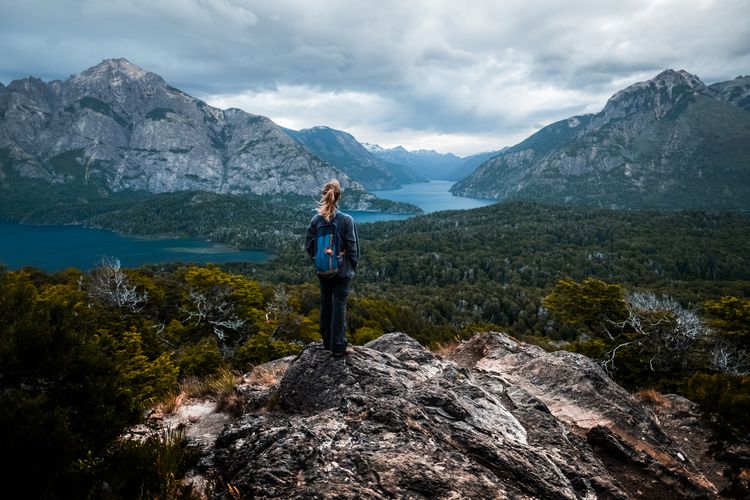
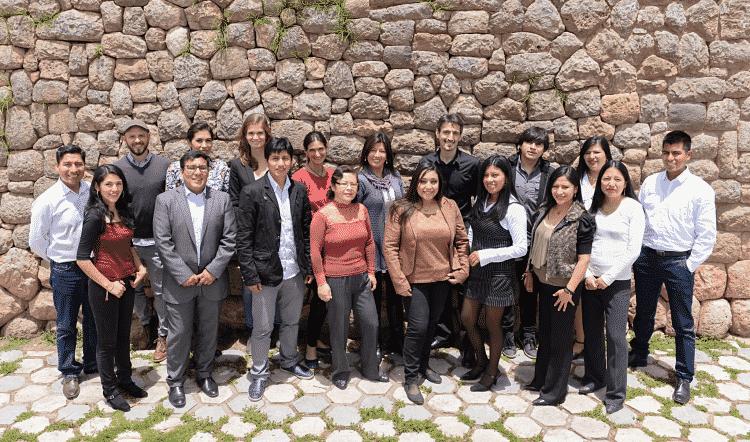

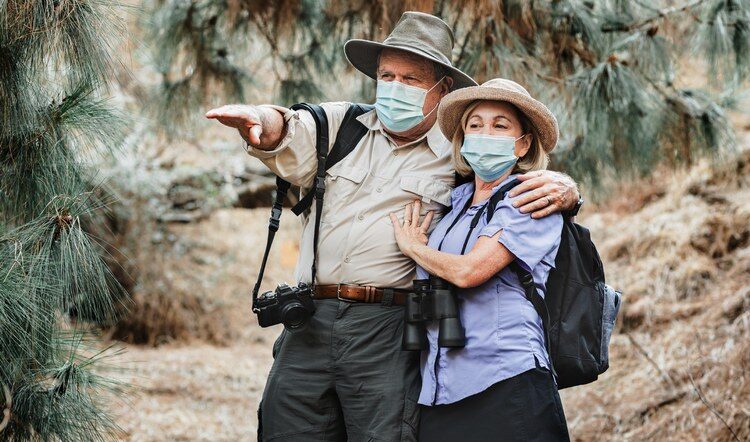
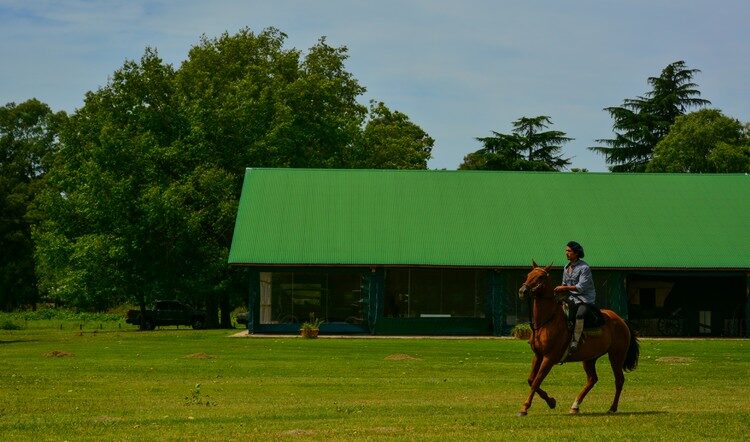
1 Comment
Leave a Comment